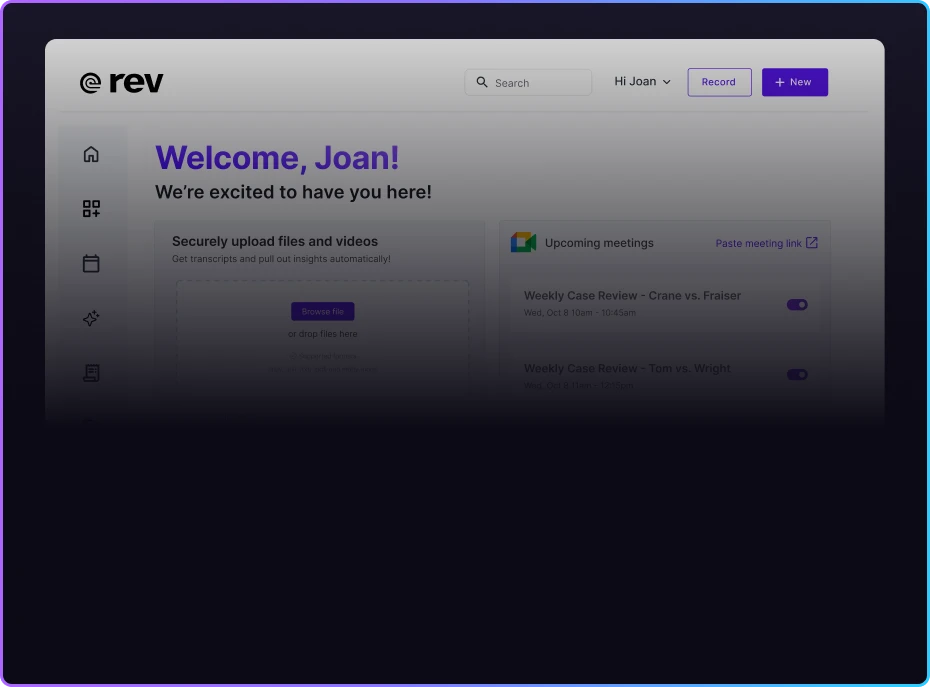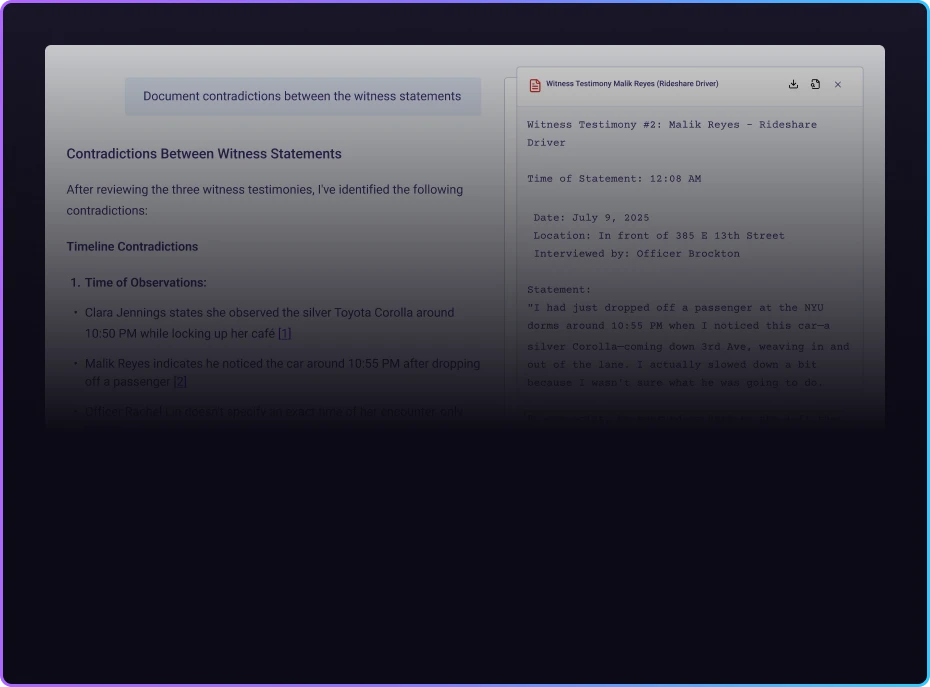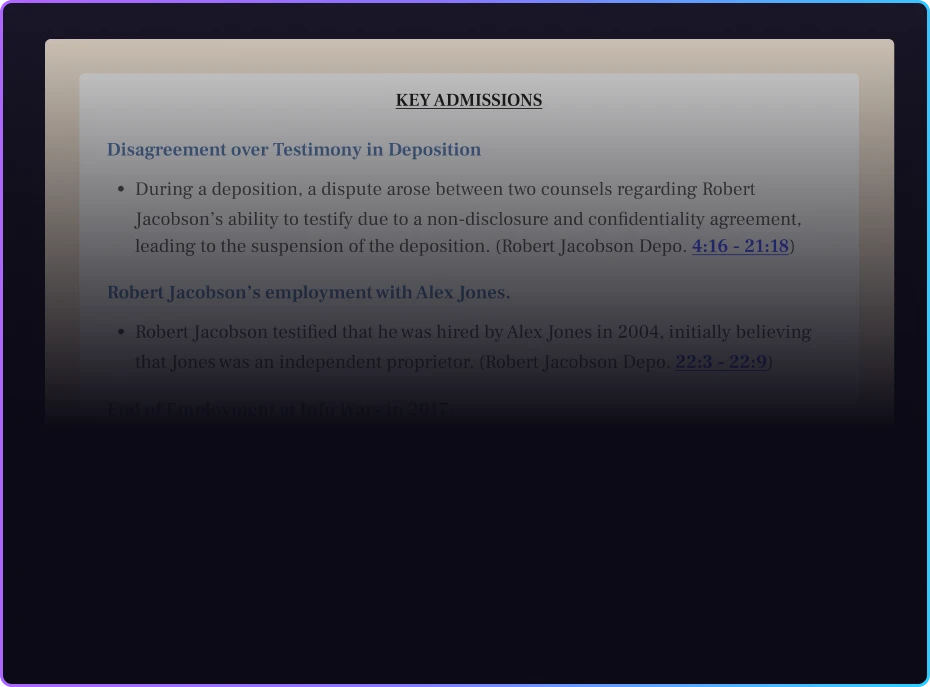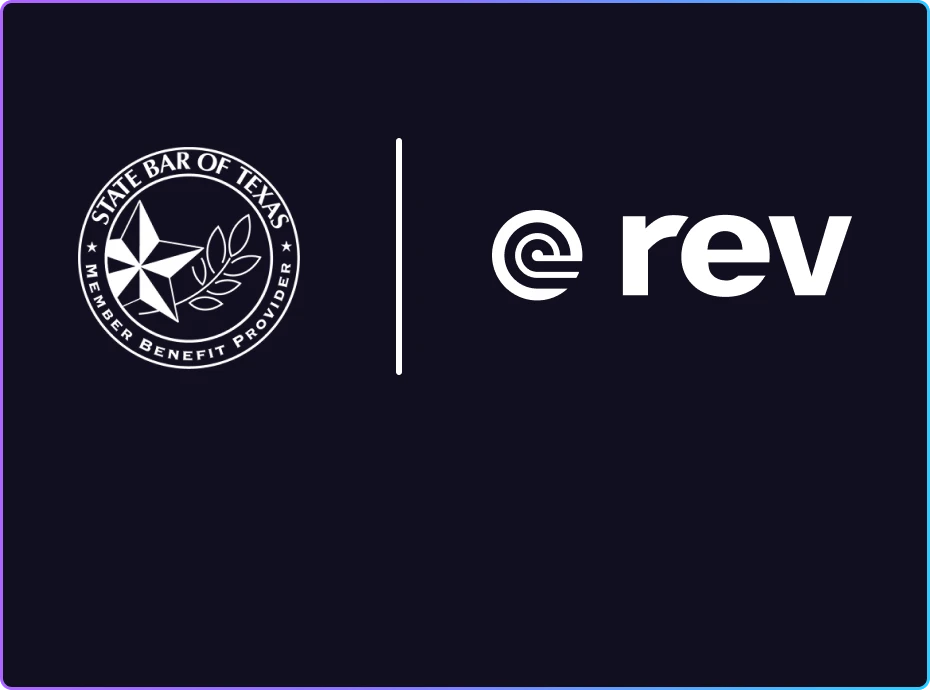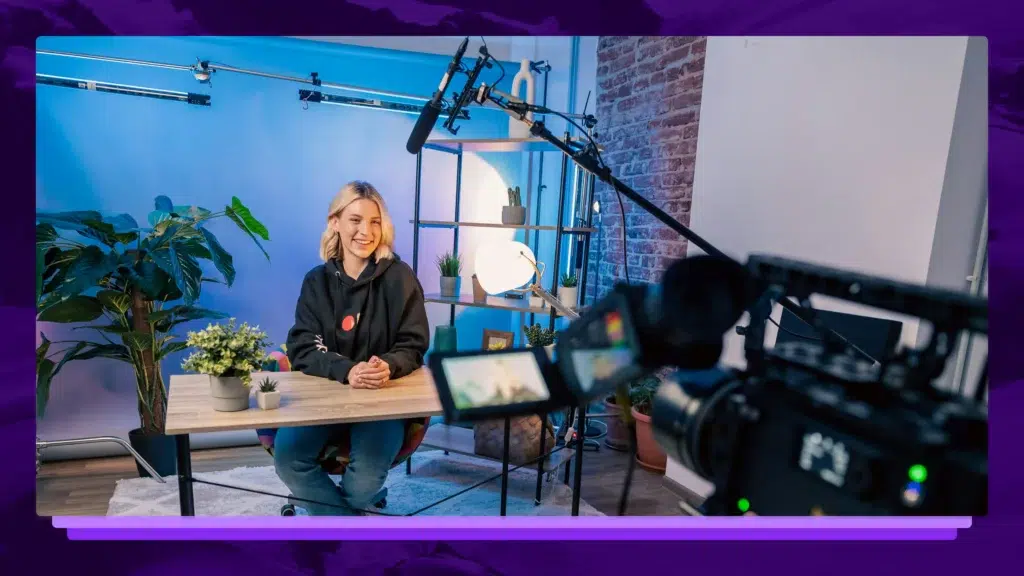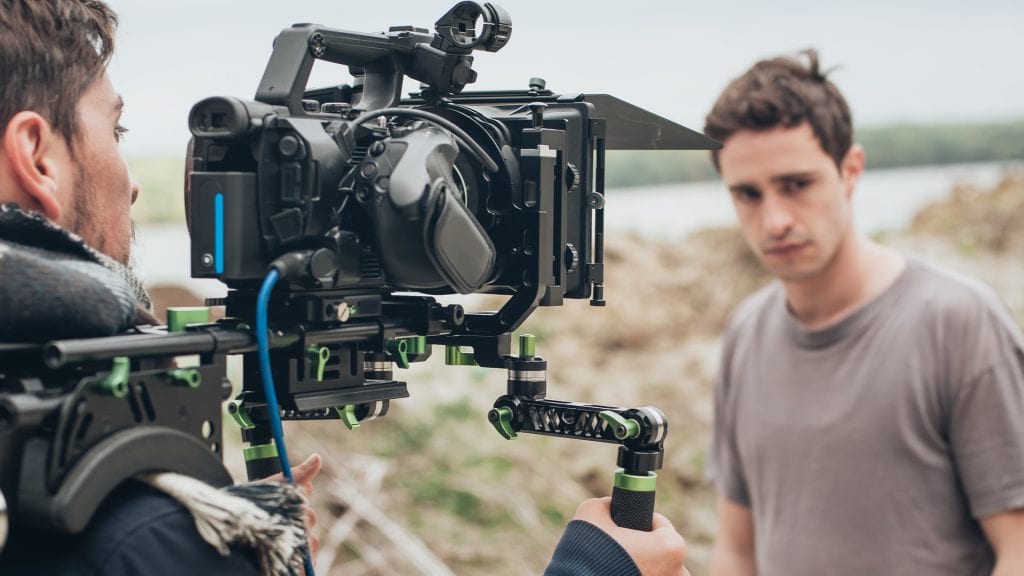Interview Techniques in Research + How Rev Helps You Excel
A good interview is a great research resource. A bad one is just a waste of time. Let’s look at some interview skills and techniques that will help you level up your interview skills.

Interviews are a powerful research tool. They give you the opportunity to learn and gather data from a specific person or group of people, which you can ultimately use to create a more well-rounded view of your case, project, or product.
To conduct a good interview, the most important thing is preparation. You should research the different types of interviews and how to structure them to find the right type for you, and then you should take a deep dive into the tech that makes interviewing easier.
Let’s look at four common interview types and how you can elevate your interviewing experience for both you and your interviewees.
Interview Types
Put simply: structured interviews follow a specific set of questions, semi-structured interviews follow a loose set of questions, and unstructured interviews do not follow a question set at all.
These three types fit into a qualitative and quantitative framework, where the difference between qualitative and quantitative interviewing is structure. A qualitative interview focuses more on detailed, thorough, and sometimes stream-of-consciousness answers from open-ended questions. A quantitative interview is more structured, asking predetermined questions and answers that generate concise, matter-of-fact responses.
Structured interviews produce quantitative results, unstructured interviews produce qualitative results, and semi-structured floats somewhere in the middle
4 Interview Methods For Research
Different types of interviews fit different needs. For example, a one-on-one in-depth interview with specific questions and answers may be used to help gather specific details and/or data from a particular person, while a focus group may be helpful for creatively bouncing ideas off one another and seeing how the public responds to certain stimuli.
Let’s dive into different interview methods that can help you conduct your research.
1. Focus Groups
Focus groups allow you to generate ideas, thoughts, and feedback from a group of many people at once. They are more like conversations than interviews, and while they usually stem from a few main questions about the topic, they can become more casual conversations where participants are free to share their ideas.
Interview type: Semi-structured
Best for: Gathering feedback or commentary from a larger group of people.
Pros: Easy way to get a lot of feedback quickly.
Cons: Maybe more surface level than asking in-depth questions.
2. One-on-One Interviews
A one-on-one interview, whether conducted in-person, on the phone, or via a video chatting service like Zoom, can help gather the information you need from one particular point of view.
For example, a lawyer might interview an expert in a field pertaining to their current case. Or, a market researcher might interview customers to see what they like and dislike about a brand. These interviews can be freeform discussions or follow guided questions. Either way, you should record and transcribe any phone or virtual interviews to keep track of the important bits.
Interview type: Structured, semi-structured, or unstructured
Best for: Getting information you need from a specific person.
Pros: Can be more focused and productive, as less people can mean less distractions.
Cons: It might be time-consuming or hard to find time to sit down with one person.
3. Group Interviews
Group interviews are unlike focus groups because they are typically more structured and attempt to generate a specific set of answers rather than simply having an open discussion. In a group interview, you’d ask a larger group of people for the information you need rather than just a single one. This means that you can gather input from multiple points of view instead of just one at a time.
Interview type: Structured
Best for: Getting material you need from multiple people who know the same information, witnessed the same event, are from the same place, etc.
Pros: Easier to schedule than one-on-one interviews while providing a similar benefit.
Cons: Can be chaotic and hard to manage depending on group size.
4. Email Interviews
Email interviews are an asynchronous type of online interview that allows you to ask someone questions and receive answers at a time that’s convenient for them. This is especially helpful when your target audience lives far away or isn’t available during the times you’re conducting in-person interviews.
However, because email can be a risky form of online communication (unless you take steps to send a secure email), it is best not to discuss any sensitive information over an email interview.
Interview type: Structured
Best for: Gathering simple background information from an individual or individuals.
Pros: Easy to schedule and allows the interviewee flexibility on their end as well.
Cons: Puts your email at risk of slipping through the cracks and not being answered.
How To Choose The Right Interview Type
You should choose your interview type based on your specific needs and the number of people you need to interview. For example, if you need to gather multiple people’s casual thoughts on a movie or song, a focus group may be the right choice. However, if you need to learn about the behaviors of a specific dog breed, a one-on-one interview with a vet will probably be your best bet.
Before deciding on an interview type, ask yourself:
- Who do I need to interview?
- Do I need specific answers to my questions?
- Am I looking for general information or feedback?
- Do I have time to interview multiple people one-on-one, or do I need to interview multiple people at once?
Tips to Elevate Your Interview Skills
You want your interviewees to leave your interview feeling like you haven’t wasted their time. Meanwhile, you want to leave the interview with all of the information you need. You can achieve both by amping up your interview skills so you bring your A-game every time.
1. Record and Transcribe Your Interviews
Recording and generating written transcriptions of your interviews can be hugely helpful for organizing your important information. The transcriptions will allow you to revisit the interviews and save time by having a searchable record of what was said.
Transcription services like Rev can take it a step further by using artificial intelligence to annex the transcriptions and surface the most important moments. Our notetaker will automatically join your meeting and allow all participants to contribute to the transcript, then it will provide an organized summary of the most important topics discussed once the meeting is complete.
2. Take Thorough Notes
Note-taking during interviews is a helpful practice to make sure you have a record of topics discussed, which you can then use to search through a transcript later. You can also use notes during an interview to write down something you want to circle back to or a keyword you want to remember while the interview is still in progress.
You can also use software, like Rev’s AI notetaker, to take notes for you. You no longer have to worry about jumbled or messy notes that are hard to understand our sift through — our notetaker will point out the most important topics and help organize your thoughts.
3. Eliminate Distractions
You can eliminate distractions in your interview by choosing a peaceful, neutral location that is free from distractions like people knocking on the door, walking by, or loud noises. For a virtual interview, you can eliminate distractions by turning off your notifications or putting your devices on do not disturb, so you won’t be distracted if any notifications pop up. You should encourage your interview participants to do the same.
4. Keep It Professional
Even in an unstructured, freeform interview, you should be mindful to stay professional. You shouldn’t use the fact that you’re having a loose conversation to make you feel comfortable interjecting inappropriate humor, non-relevant conversation, or sarcasm into your interview. There is a fine line between small talk to make your interviewee comfortable and wasting their time, and you should be cognizant of staying on the right side of it.
Interview Like a Pro
Research interviews can be a huge asset when done correctly. However, conducting one can sometimes be intimidating. With Rev’, you can rest assured that your interviews are recorded, transcribed, and analyzed, so you just need to focus on compiling the best possible interview questions for your subjects.
Level up your research interviews with Rev, and subscribe today.

